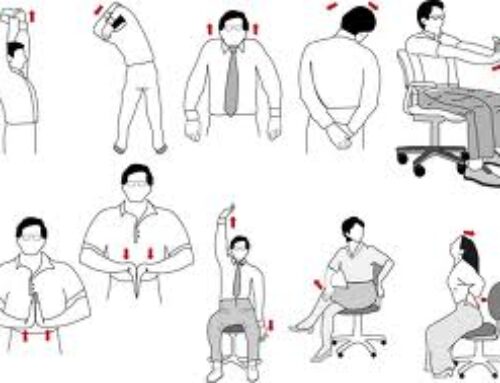Following a healthy diet and deciding how much exercise is right for you can be a real juggling act. We know we should eat right and exercise regularly, but putting a program into practice is difficult. It’s easy to make excuses. So try planning a two-week regimen of low fat meals and moderate exercise, then evaluate your progress at the end. Repeat if it works for you or revamp it. It’s your diet; you call the shots.
Planning is everything

It’s important to decide what type of diet you can live with. Do you have the time to cook all your meals, or do you prefer to buy low-fat frozen meals? You may want to try a combination of the two. It all depends on your tastes and schedule. But, try to include: protein, fruits, vegetables, grains, and dairy in your daily diet.
Make informed, healthy choices
Do some research before you shop; check out food blogs, organic cuisine and vegetarian dishes. Also check out the nutritional content of foods — pay attention to fat, calories, sodium, and sugar content. Avoid processed foods — nothing canned or with a long list of preservatives. Eat whole grains, fresh fruits and vegetables, and organic meats. Cut out excess sugar, salt, fat, and fried food. And cut way down on the sodas and caffeinated drinks; water is so much better at quenching your thirst anyway.
Exercising – work with your body

Once you have your menu planned, it’s time to design an exercise program. Choose exercises that target problem areas – thighs, hips, calves, upper arms. Incorporate cardio, building slowly. If walking or jogging is your thing, look for a walking trail nearby. Many trails offer outdoor fitness equipment along the way. It’s also a good place to meet people who share your interests.
Establish a routine – try to exercise at the same time each day. And listen to your body. It will let you know when you overdo it. It’s also important to add cool-down exercises to the end of your workout. This helps your body wind down from vigorous exercise. Drink plenty of water after exercising; it’s important to rehydrate.
Coping with the real world
Now for the hard part: sticking to the schedule and planning for those “bumps in the road.” Don’t let yourself get side-tracked – keep your eyes on the prize (a healthier you). Special occasions can be a challenge, so eat a small meal before you go so you don’t fill up on empty calories later. For holidays, pick and choose what you eat. Filling up on veggies will keep you from derailing your diet entirely.

Set small goals for yourself. When you reach a certain objective in your program, give yourself a little reward. Make it something sensible that won’t throw you off your program. And don’t beat yourself up if you have a bad day. Above all, don’t use it as an excuse to give up.
It’s surprising how good food tastes when it’s not filled with salt, sugar and grease. You can actually taste the flavor of fresh vegetables and unprocessed foods. Soon you’ll have your cravings under control and be able to make smarter choices. It’s a mind-set, so program yourself for success. You’ll find you enjoy being in control of your own life.
Sometimes, we are our own worst enemies and our bodies suffer the consequences. If you want to live a healthy active lifestyle and feel confident that you can achieve your weight loss goals contact us or visit www.healthytrim.com. We believe in you and want to be your soundboard by answering any questions or concerns you have about our products and your individual journey. Cheers to a happy healthy you!
![]()




Leave A Comment